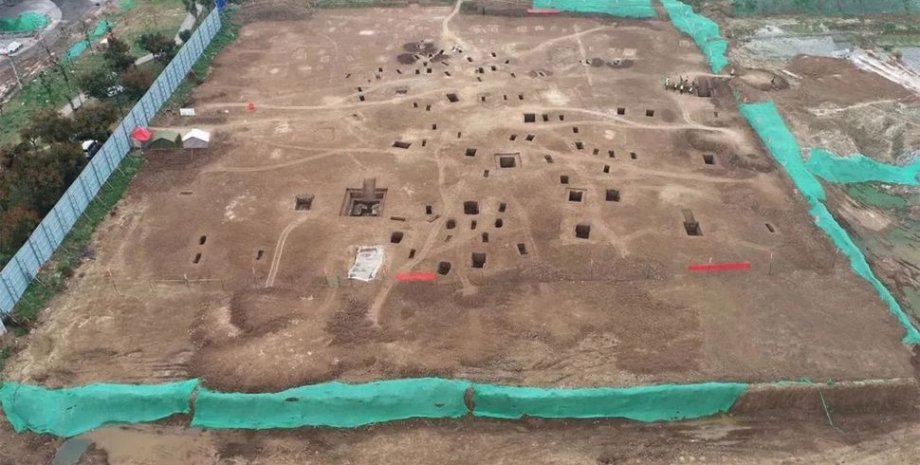
 By Victor Duda
By Victor Duda
In focus, technology appeared its Telegram channel. Subscribe not to miss the latest and most intrusive news from the world of science! Excavations conducted in November 2023 found more than 500 artifacts, including bronze swords, copper tripods, earthenware, jade, jade rings and even chariots buried next to the remains of two horses. These findings were found in 174 burials dated about 478-221 BC. They give a valuable idea of the burial customs of this turning point in China's history.
The "period of belligerent kingdoms" (lasted from 475 to 221 BC), the time of intense political rivalry between seven ancient states, marked the transformational era in the past China. He was preceded by the spring and autumn period, when regional Lords challenged the authorities of the Zhou Dynasty, and the culmination was the unification of China under the rule of the Qin Dynasty. Xianyan, who was once part of the influential Chu state, witnessed significant political upheavals at this time.
This period is also characterized by the decline of the aristocratic way of the previous era and the growth of activity of the lowest of aristocratic states. In addition, it is marked by the formation of territorial states with a developed bureaucratic apparatus, raising commercial activity and violent social dynamics. Due to the fact that the iron spread fairly quickly, it influenced the success in hostilities, because it now depended on the number of army and its training.
That is why the rulers competed for attracting the population and creating better living conditions for people. "These excavations provide new materials for the study of funeral customs in the Xianian area in the middle and late periods of Zhanggo, as well as provide important physical materials for the study of the CHU culture," the researchers say. The size of the tombs, their architecture and burial objects clearly demonstrate different levels of social status and wealth.
In the future, this will help researchers determine the extent to which the funeral practice reflected the social organization. Particularly noticeable find is the burial with the chariot and two skeletons of horses, which is believed to belong to the noble person of the highest rank. The two -wheeled chariot and the location of the remains of animals indicate complex burial practices related to elite members of society.










All rights reserved IN-Ukraine.info - 2022